Economics > QUESTIONS & ANSWERS > University of Illinois, Urbana Champaign ECON ECON 529 The COVID-19 pandemic in 2020 had devastat (All)
University of Illinois, Urbana Champaign ECON ECON 529 The COVID-19 pandemic in 2020 had devastating effects on Mexico's economy, as in many other countries. Mexican households' experienced significant...
Document Content and Description Below
Question Answered step-by-step 1. The COVID-19 pandemic in 2020 had devastating effects on Mexico's economy, as in many other countries. Mexican households' experienced significant restrictions i... n their access to many consumption goods and services. This meant that as a result of the pandemic, consumption expenditure had sharply declined for every given level of household real income and wealth. Furthermore, the prospects of reduced demand and production difficulties under pandemic conditions discouraged investment in the country. As a result, investment declined for every given rate of interest. These changes, however, did not change the price level, the net export function, or the propensity to hold money. Assume that the pandemic effects and any policy responses to them were all viewed as temporary by the households and firms. Also, assume that the interest parity condition held and money and product markets reached equilibrium in 2020. Finally, treat the conditions and policies in the rest of the world as given. (a) If there had been no policy response to the pandemic, what would have happened to the aggregate preferred expenditure curve (D curve) of Mexico's economy in 2020? Why? (b) If there had been no policy response to the pandemic, what would have happened to the IS and LM curves of Mexico's economy in 2020? [Hint: Please keep in mind that we are assuming the propensity to hold money had not changed in 2020.] (c) If there had been no policy response to the pandemic, what would have happened to the equilibrium level of real income, nominal interest rate, exchange rate, and net exports of Mexico's economy in 2020? (d) In most countries shocked by the pandemic, central banks expanded money supply and governments increased their expenditures temporarily. In Mexico, the central bank adopted an expansionary monetary policy to substantially lower the interest rate so that it reached 4%, which was below the rate that would have prevailed in the absence of policy response as in part (c). But, unlike most other countries, the government of Mexico left its fiscal expenditure unchanged. How did these policies affect the equilibrium level of real income, exchange rate, and net exports, based on your analysis how these policy changes impacted IS and LM? [Treat the situation in part (c) with no policy change as the base case and compare the outcomes of intervention to that.] [Show More]
Last updated: 1 year ago
Preview 1 out of 6 pages

Reviews( 0 )
Document information
Connected school, study & course
About the document
Uploaded On
Jun 24, 2021
Number of pages
6
Written in
Additional information
This document has been written for:
Uploaded
Jun 24, 2021
Downloads
0
Views
22

.png)
.png)
.png)
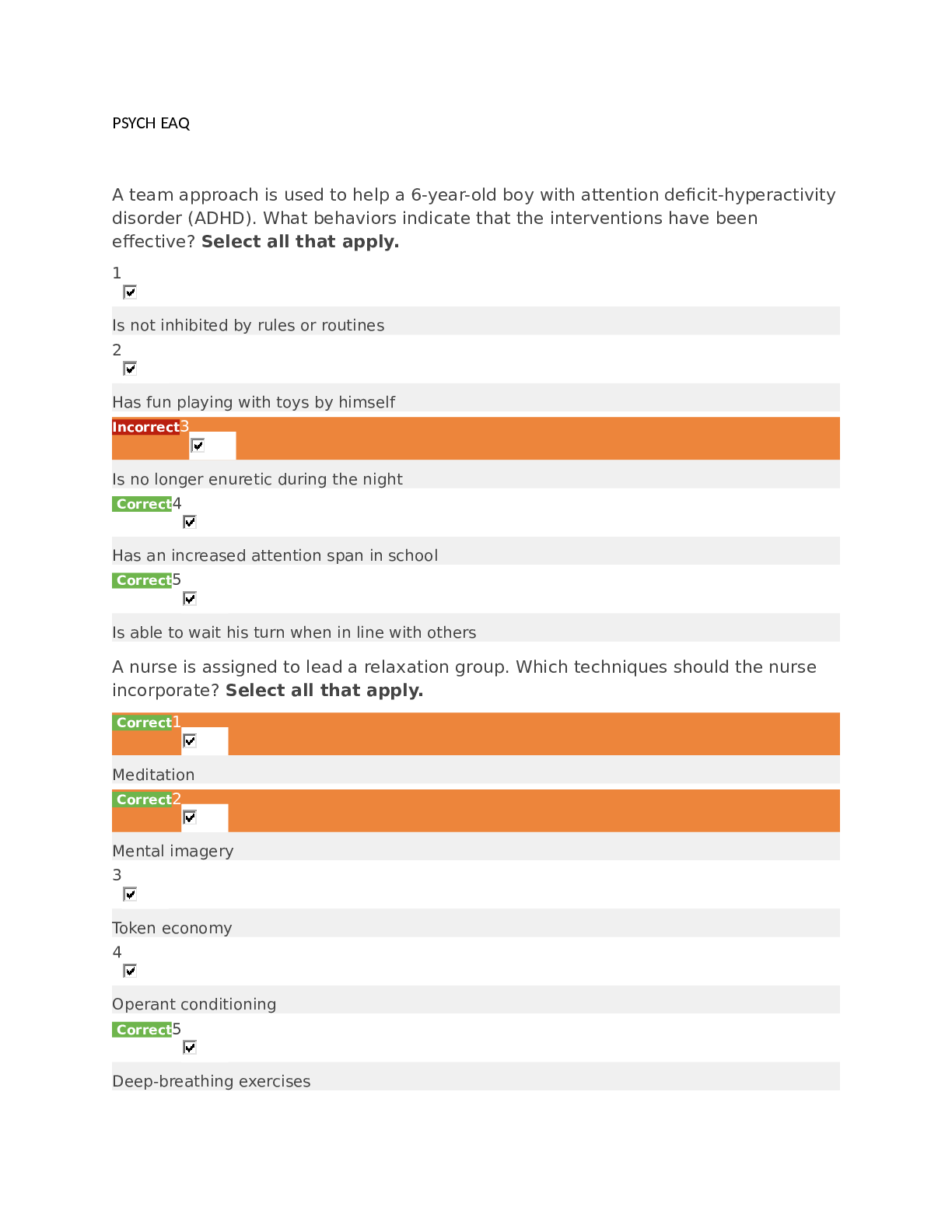
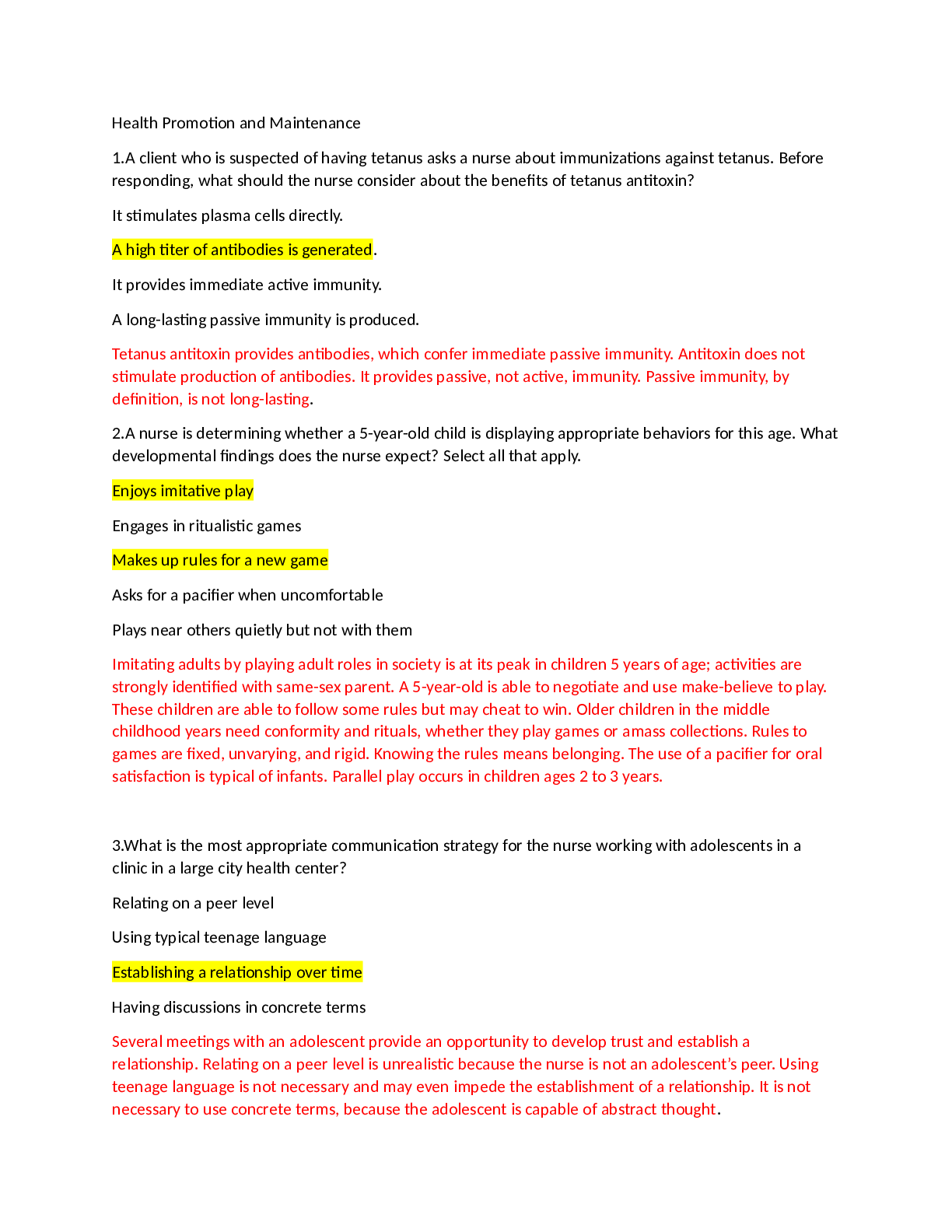
.png)
.png)
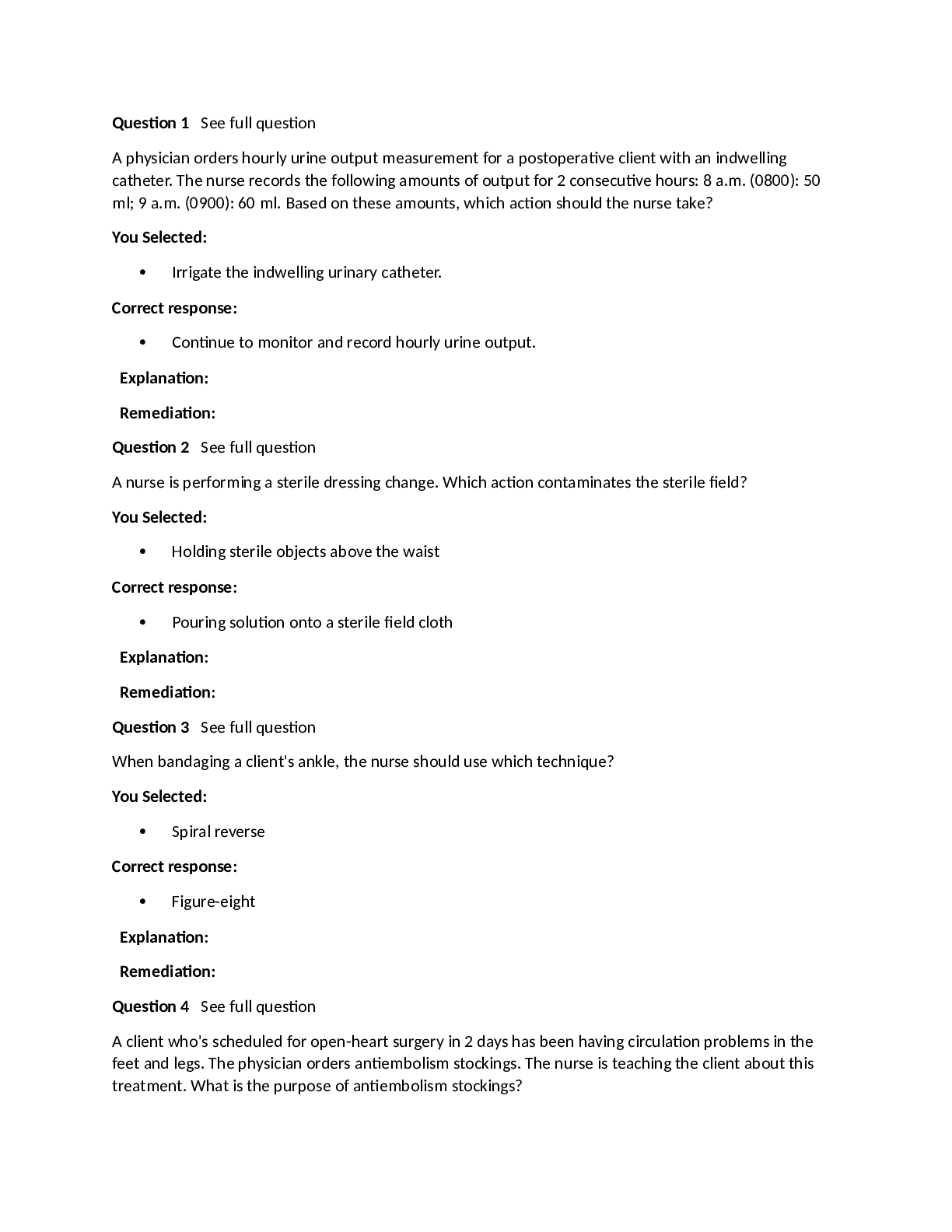
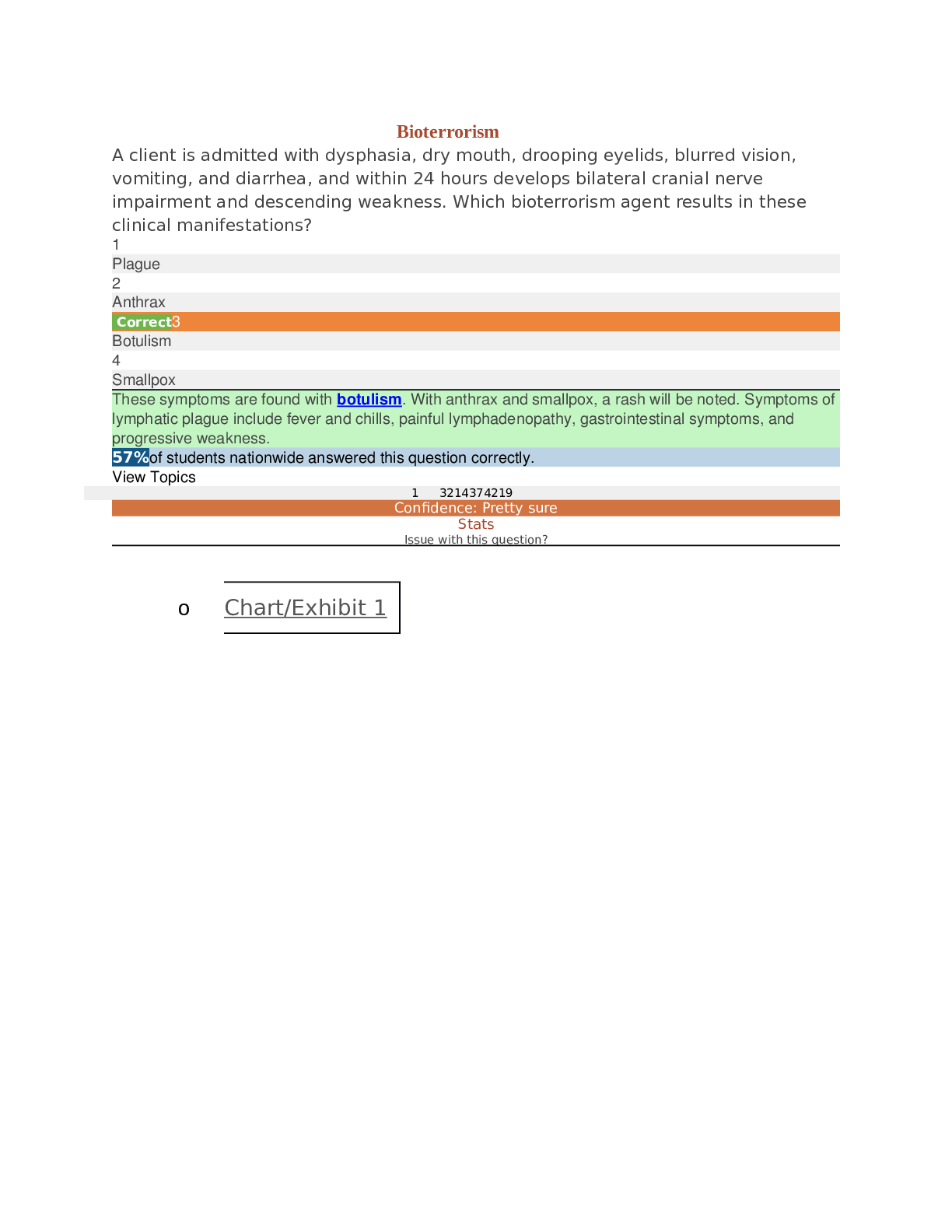
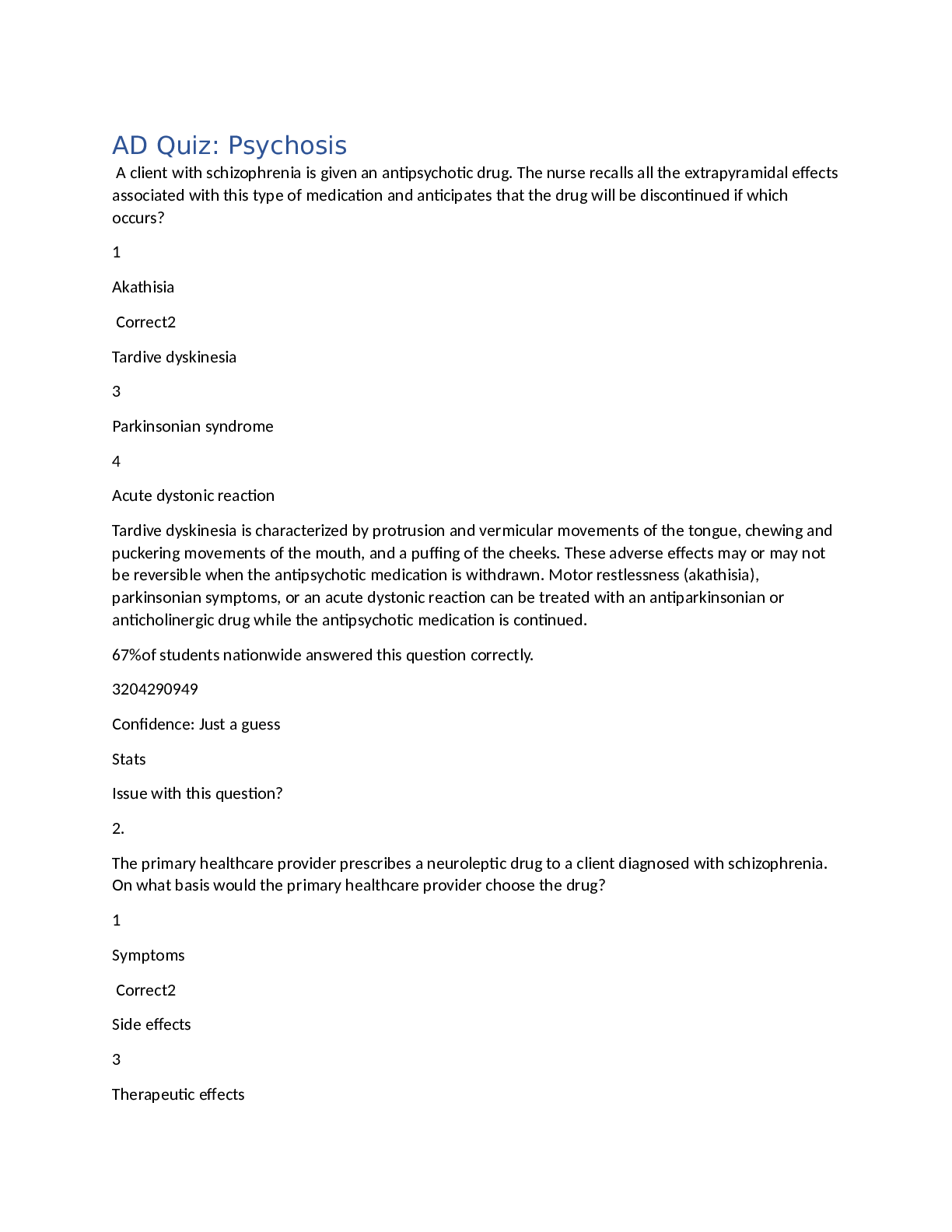

.png)
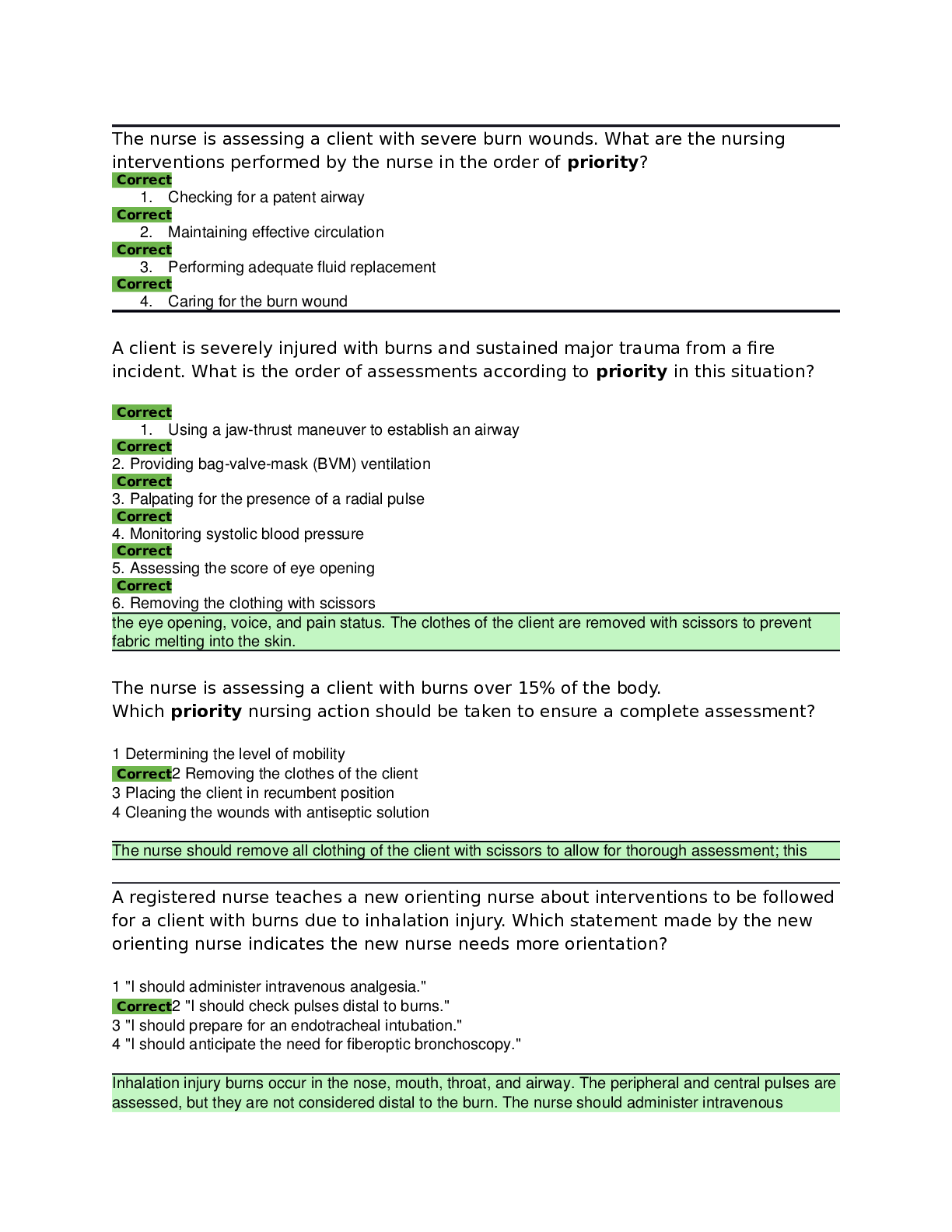
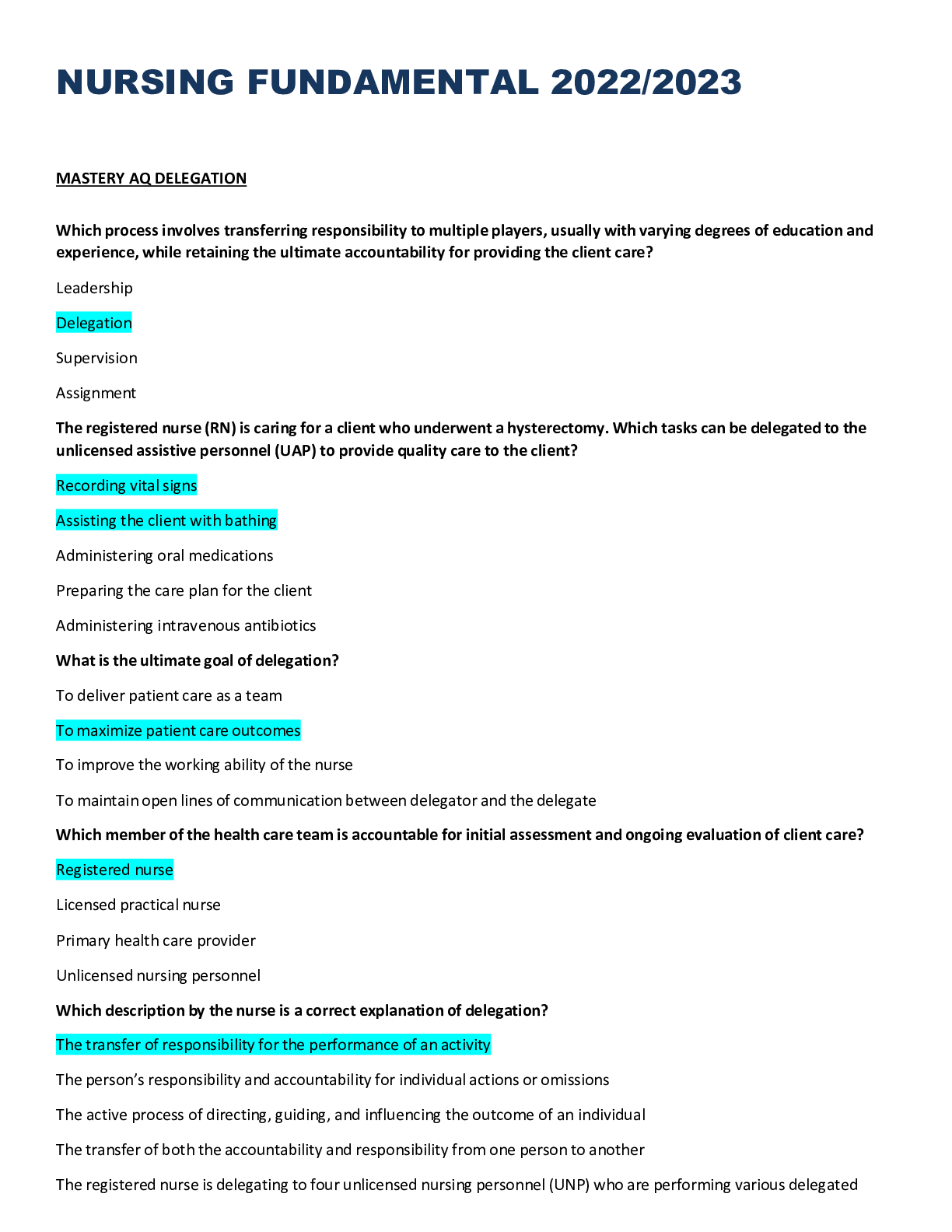

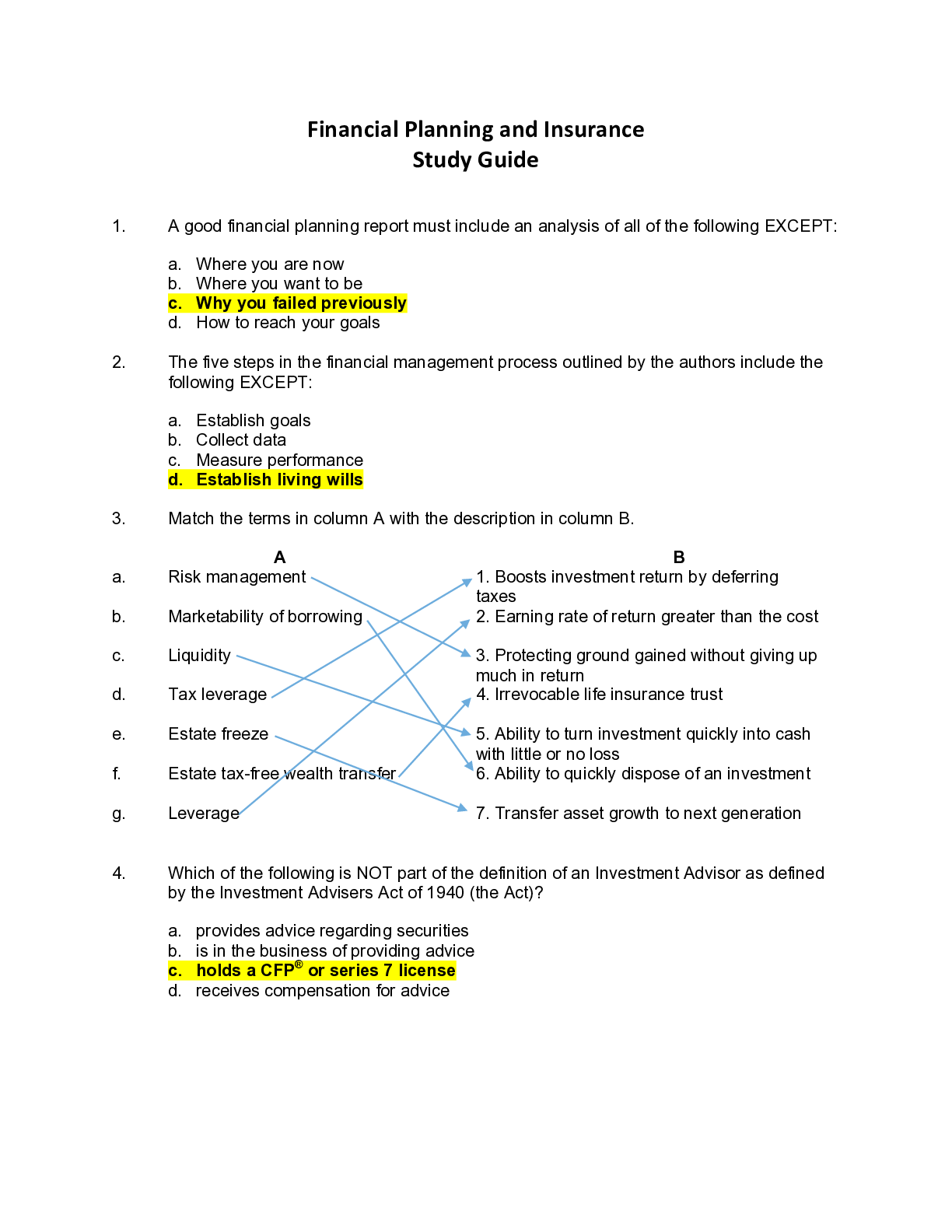
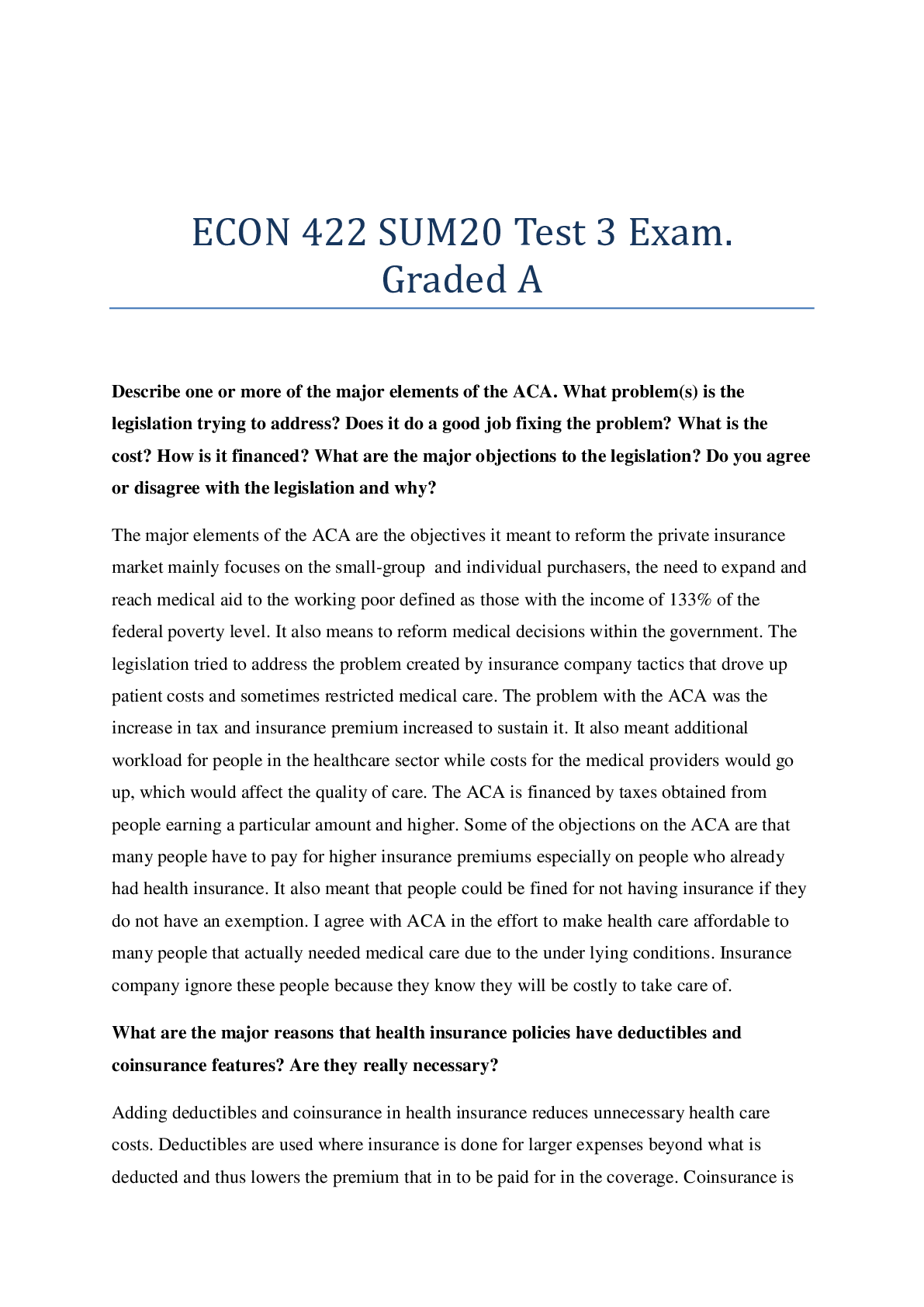





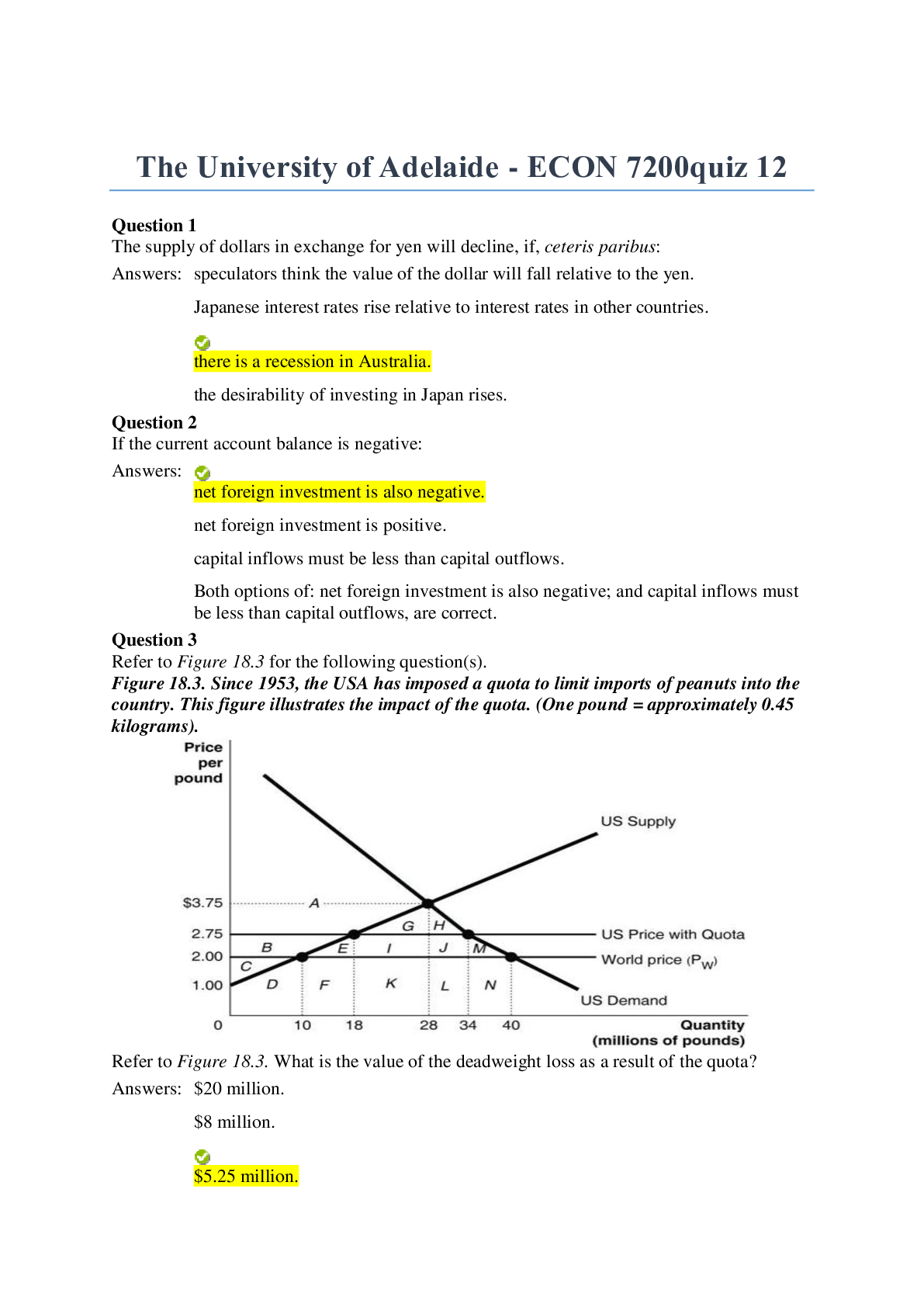

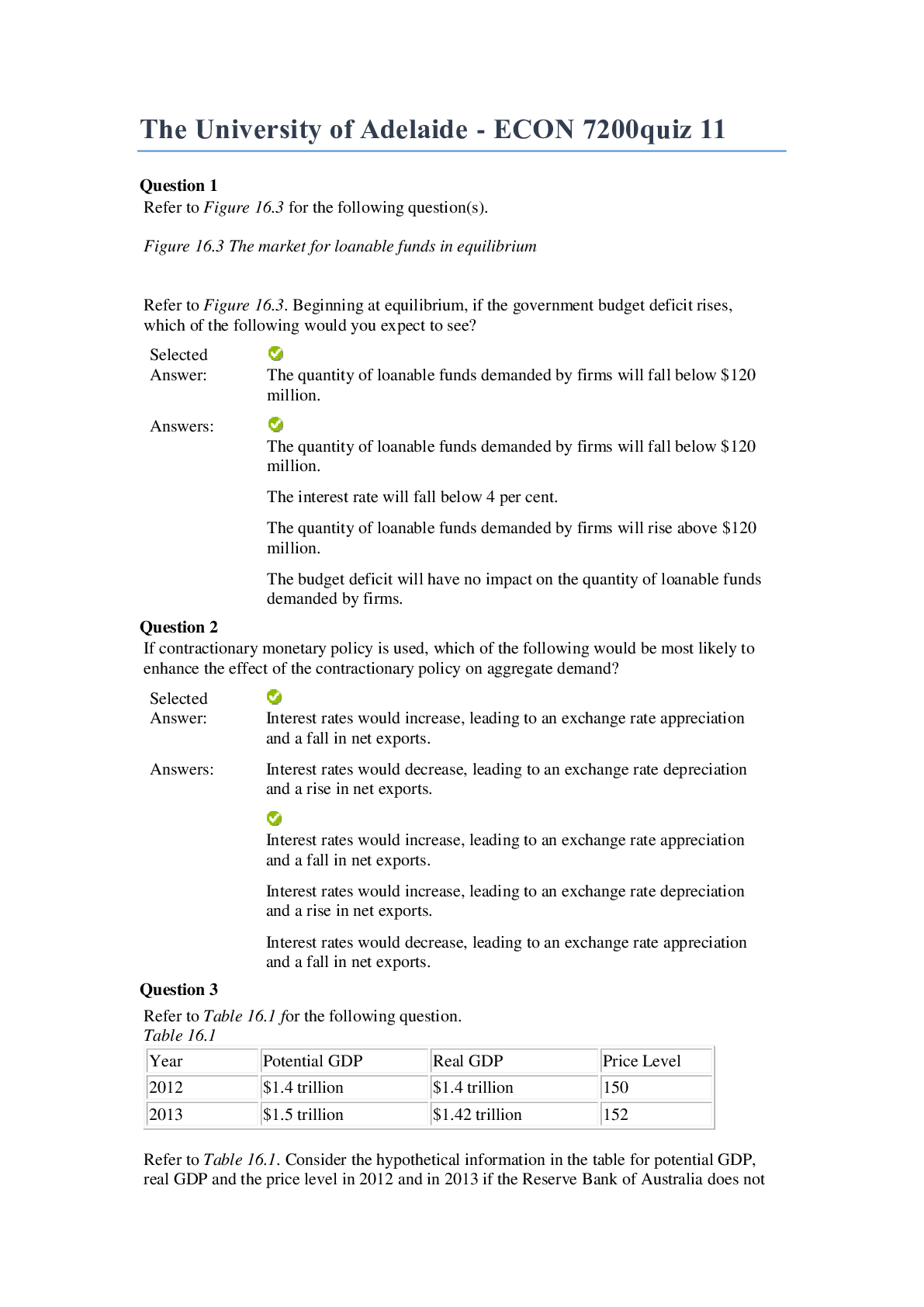



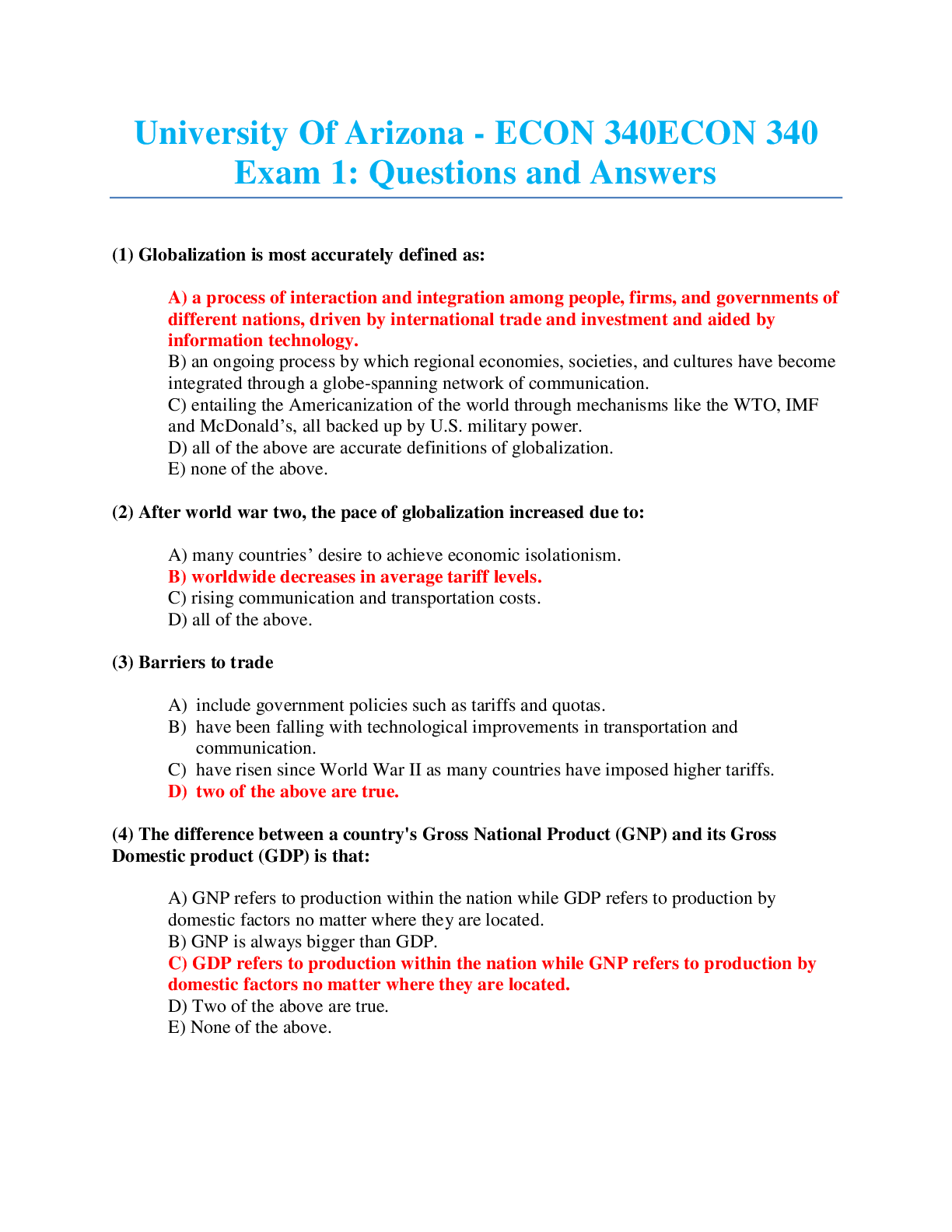

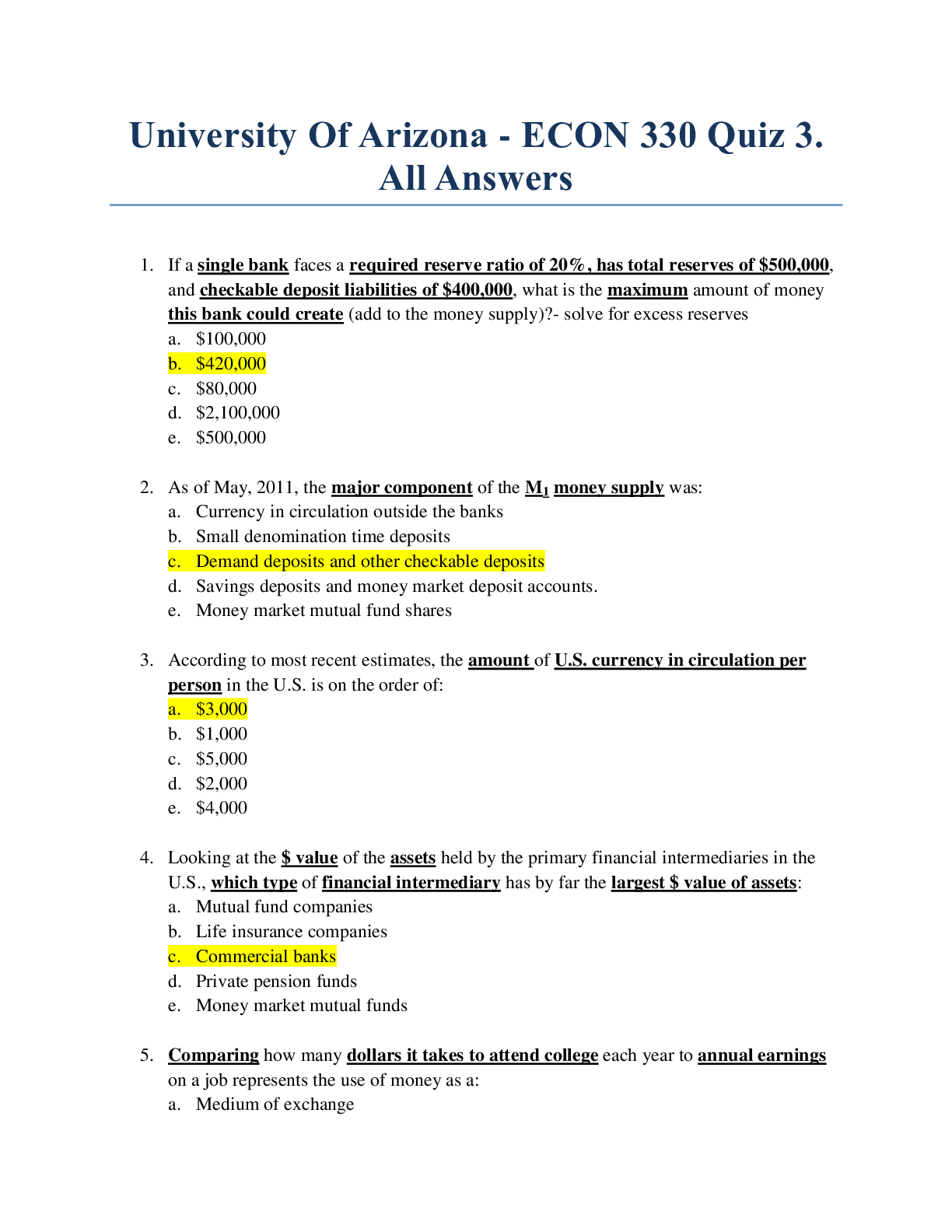
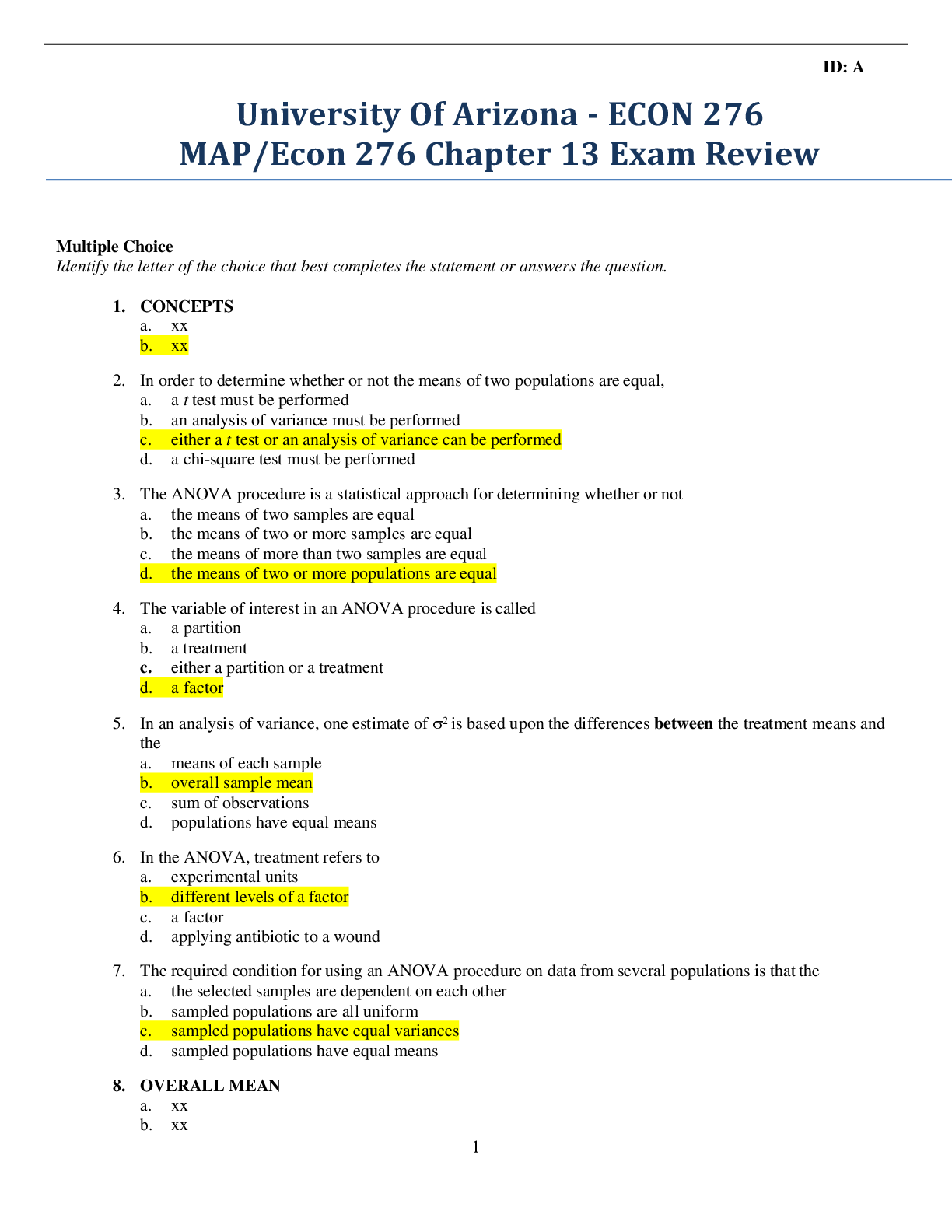

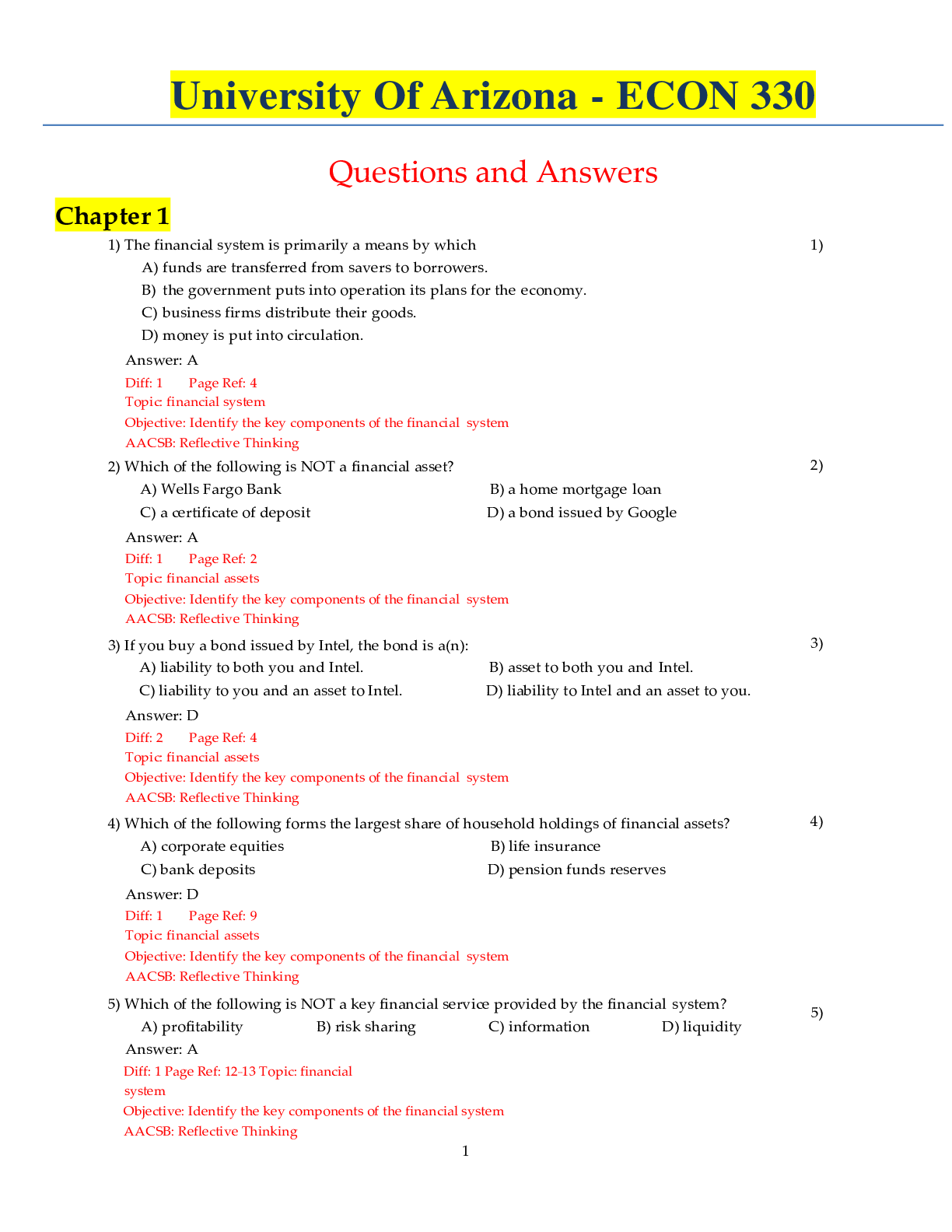
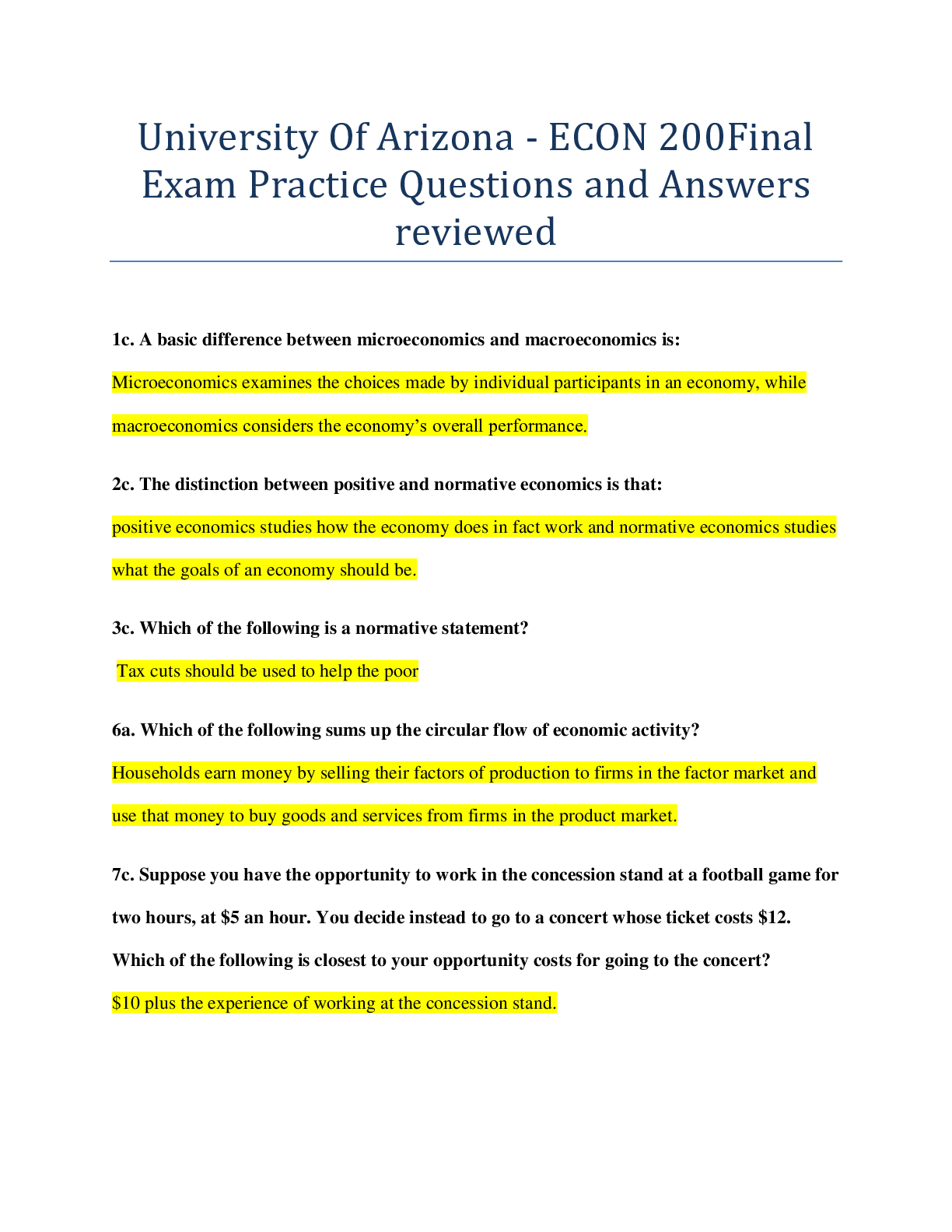
.png)

